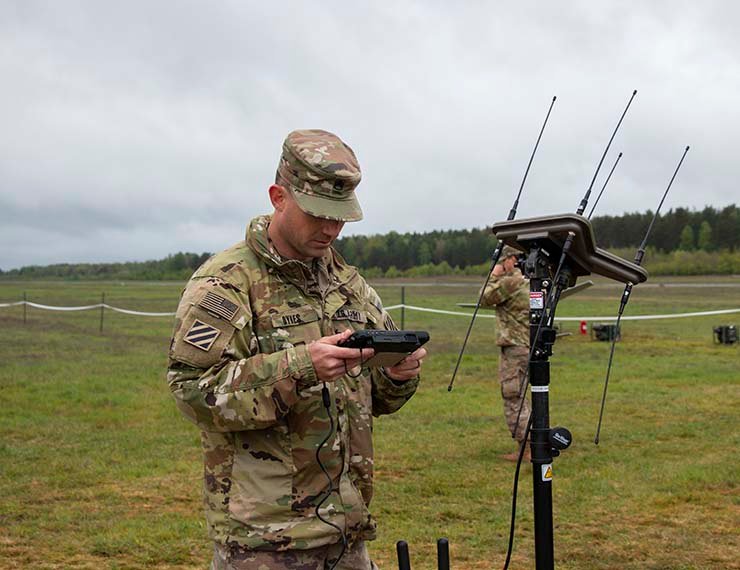
Washington: After years of lengthy delays and budget overruns, the Pentagon now finds itself with a different sort of headache: how to stop weapons and systems that are dirt cheap.
The growing problem of inexpensive unmanned systems employing autonomy and artificial intelligence has been a long time subject of military study and discussion.
But the ongoing conflict in Ukraine has underscored just how effective smart tech accessible to anyone may be in neutralising the elaborate tools of conventional warfare. In one example from the war, Ukraine reportedly used a Chinese-made DJI drone worth $2,000 to destroy a Russian T-90 tank worth millions of dollars.
Drawing on a newfound urgency, the US undersecretary of defence for research and engineering published a need statement in May, calling on industry to help develop new weapons that can effectively meet the new threat from unmanned, autonomous and AI defence-driven systems.
While aerial drones have had the most opportunities to make a mark on the battlefield, both in Ukraine and the 2020 Nagorno-Karabakh conflict in the South Caucasus, undersea systems may not be far behind.
Ukrainian unmanned underwater vessels, such as the Toloka TLK-150, likely already have been responsible for limiting Russian aggression at sea.
And in the subterranean realm, expected to become an increasingly critical domain as more conflicts play out in and around big cities, the Defence Advanced Research Projects Agency is working to develop unmanned systems that can navigate the tight and dark spaces.








